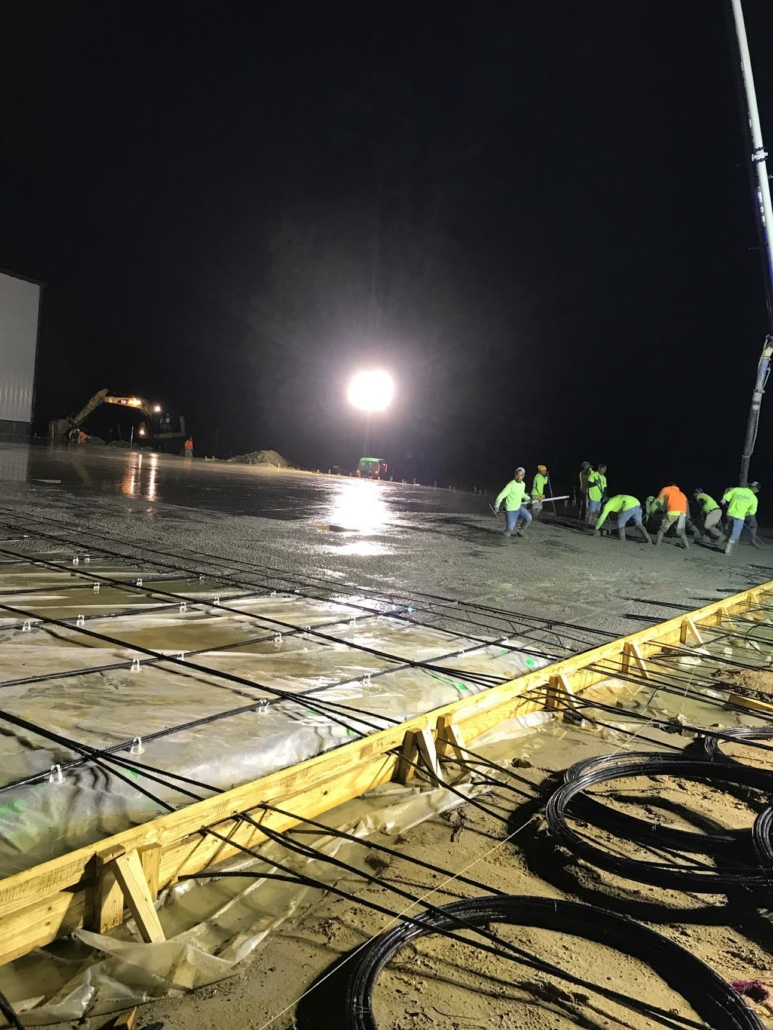Benefits of Post-Tension Slabs
- Reduced Cracking: Post-tensioning allows for more efficient distribution of loads, reducing the likelihood of cracking in the slab. By minimizing cracks, the slab’s durability and longevity are enhanced.
- Increased Span Lengths: Post-tensioning enables longer spans to be achieved, reducing the need for additional columns or supports in large structures. This results in more open and flexible floor plans for buildings.
- Reduced Slab Thickness: Post-tensioning can lead to thinner slabs compared to traditional reinforced concrete slabs. This means less concrete is used, resulting in cost savings and reduced environmental impact.
- Improved Load-Carrying Capacity: Post-tensioning increases the load-carrying capacity of the slab, making it more suitable for handling heavier loads, such as those in high-rise buildings or parking garages.
- Crack Control: Cracks that may form in post-tension slabs tend to be narrower and less noticeable compared to traditional reinforced concrete slabs. This improves the appearance and maintenance of the surface.
- Faster Construction: Post-tensioning allows for faster construction compared to conventional reinforced concrete slabs. Once the concrete has achieved sufficient strength, the tendons can be tensioned, enabling quicker turnaround times in construction projects.
- Seismic Performance: Post-tensioned slabs generally have better seismic performance due to their improved load distribution and reduced cracking. This can be particularly beneficial in earthquake-prone regions.
- Long-Term Performance: Post-tensioned slabs are designed to handle the stresses and movements that may occur over time, providing better long-term performance and structural integrity.
Despite the many benefits, it’s important to note that post-tensioning requires specialized design, materials, and construction techniques. Proper installation and maintenance are essential to ensure the effectiveness and safety of the post-tensioned slab throughout its service life.

